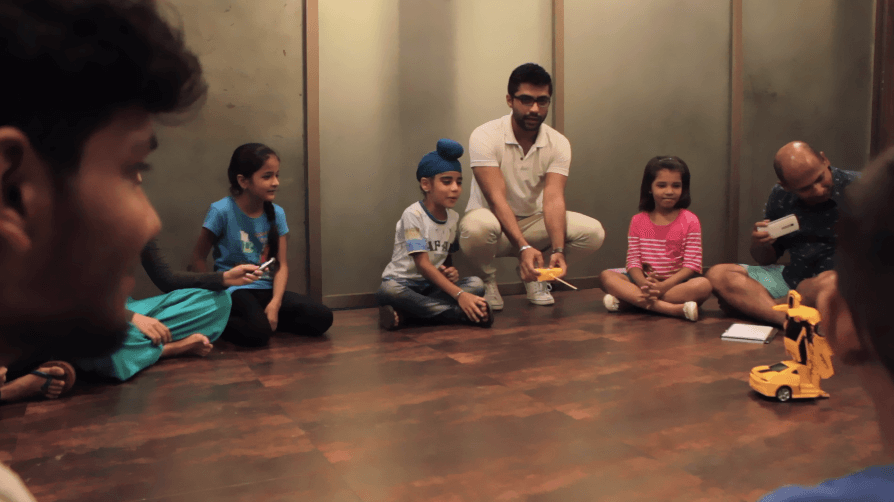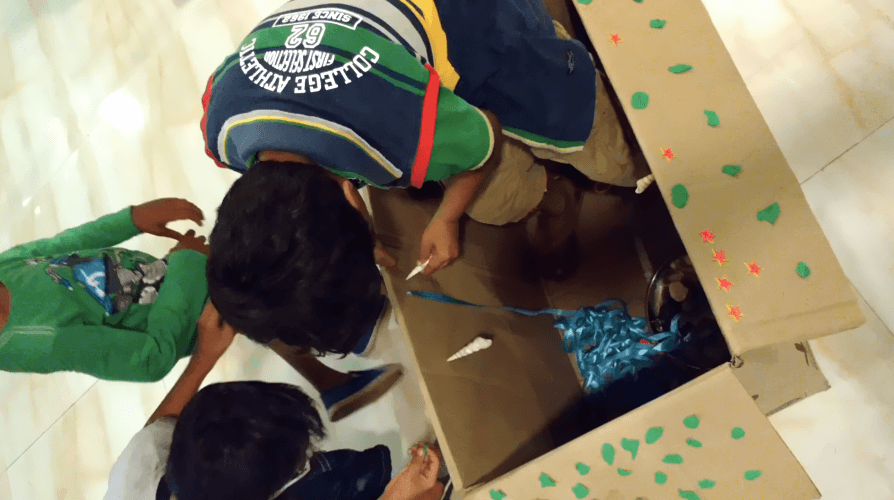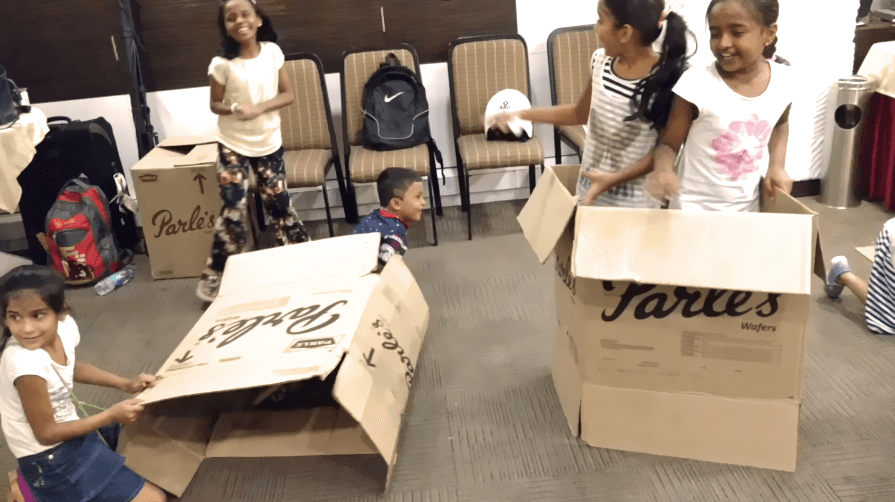- A FEW MINI CASE STUDIES
- Tribute to ISRO
- Sideways
- Borosil
- Disney
- Fevicol
- Big Bazaar
- Incredibles 2
- Imagica
- Suhana
- Zeel
- Kia Motors
- Niyo
- WHAT WE DO
- Advertising
- Branding
- Communication Design
- Creative Technology Solutions
- Interactive Solutions
- Experience Design
- Product design
- Strategy Consulting
- Technology Consulting
- Packaging Design
- Call us: +91-22-49760103
- Email us: hello@sideways.co.in
- Meet us in Worli, Mumbai
- Connect on Facebook | Instagram



Menu
Drag a problem to Sideways and see magic happen
A little intro about us
What was the task?
The Sideways Approach
Revisit our childhood with the children of today

Get to know the moms, because they always know best
We learnt about their schedule and how much time the child plays outdoors vs indoors.
During our many months of research, our goal was to find the answer to a few very key questions:
What do kids do when they are made to play with household objects?
What do kids think of educational toys and games today, how are these designed for learning and fun?
How do kids respond when they are given free hand in making and building objects?
What do kids do when they are put together in groups and given a game to play?
Basically, by examining a day in the life of a mother and child, we got the kind of insights that no number of hours in the field could yield.

Draw on our insights - quite literally
We analysed our findings and asked ourselves some key questions about the design direction for the toy – should we build a toy that encourages social interaction, or should we aim to build a toy that encourages learning in a fun manner? Should we focus on developing the intellectual curiosity of the child, or should we develop a toy that encourages physical activity?
After many post-it notes and intense discussions, we finalized two design directions for the toy – Fostering Togetherness, and Driving Intellectual Curiosity.
